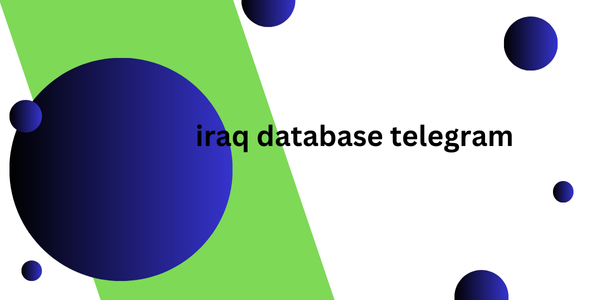The success of your app depends on your ability to effectively communicate with your users. In-app messages have become a valuable tool for achieving the goal. They enable marketers to send timely and tailored notifications directly within the app interface, making communication more friendly and effective, and personalized experience more smooth.
In this article, we will explore five effective techniques for in-app messaging that can greatly increase your click-through rate and enhance user loyalty. Whether you have experience in marketing or are new to the world of mobile app engagement, these strategies will assist you in improving the effectiveness of your in-app messaging campaigns.

According to Statista research, as of today, over 5.2 billion people signed up for mobile services. By 2025, there should be almost 5.8 billion unique mobile users around the world. In app communication gives you a unique chance to talk to users in real-time and deliver relevant information, support, and other essential conversations while they are using your app. With such a feature plus a billion-strong audience, imagine what a powerful tool it is.
With this aspect, in-app messages benefits are: user onboarding gets improved, interactions are more personalized, and users are directed toward certain behaviors, all of which enhance engagement and loyalty. In-app communication smoothly blends into the user experience, making them less intrusive while still being efficient at delivering important information.
In-App Messages or Mobile Push Notifications: What to Choose?
Choosing between creating in-app notifications and mobile push messages is not a situation where there is a single solution that works for everyone. Every approach has its advantages and scenarios in which it can be practical.
Mobile push notifications can catch users' attention even when users are not interacting with the app. On the other hand, in-app messaging is specifically designed to be relevant to the context and time, making the user experience non-disruptive.
That’s why, when these two methods are combined, they often produce the best outcomes by offering users both immediate and appropriately situated communication. And again, there is no general rule; test what will improve your app’s key metrics.
Now let’s move to techniques and in-app messaging examples you can use to intrigue and engage users.
Live activities on the lock screen mean displaying ongoing activities or time-sensitive offers before users open the app or while the app is active, but the screen is locked.